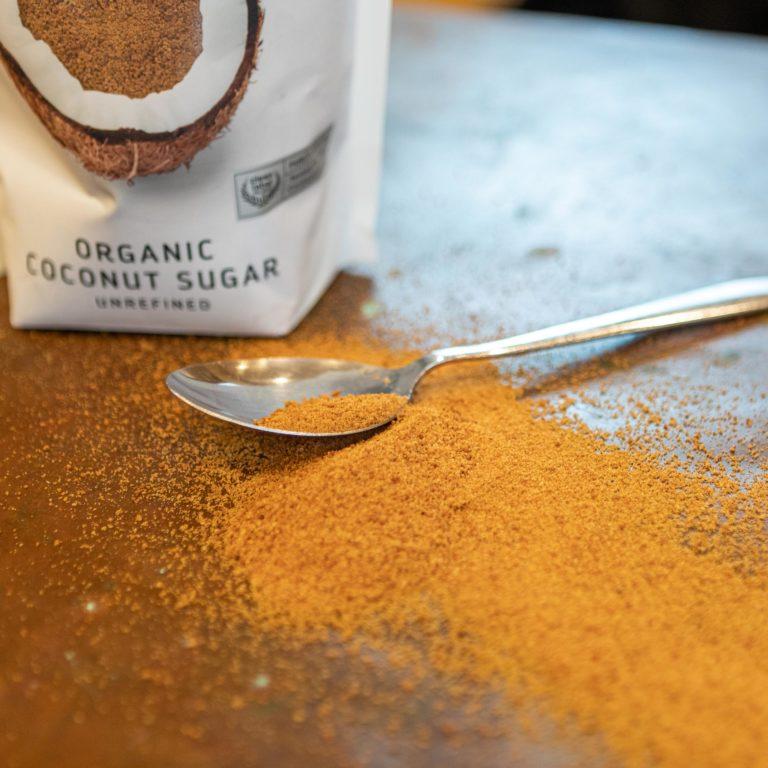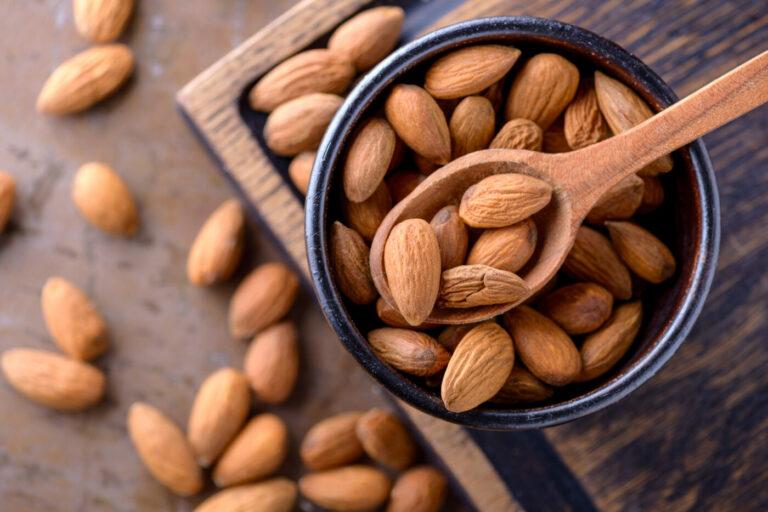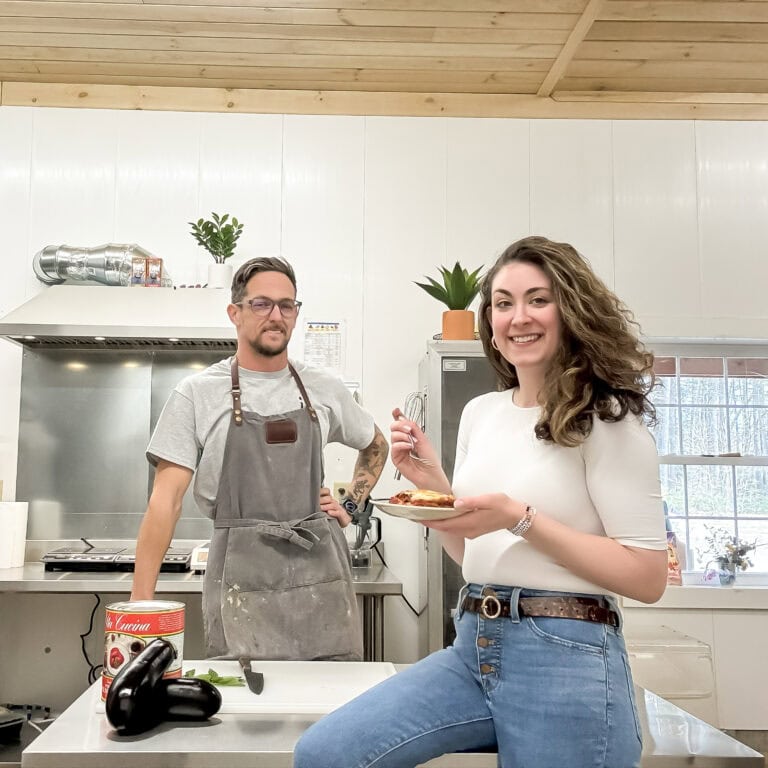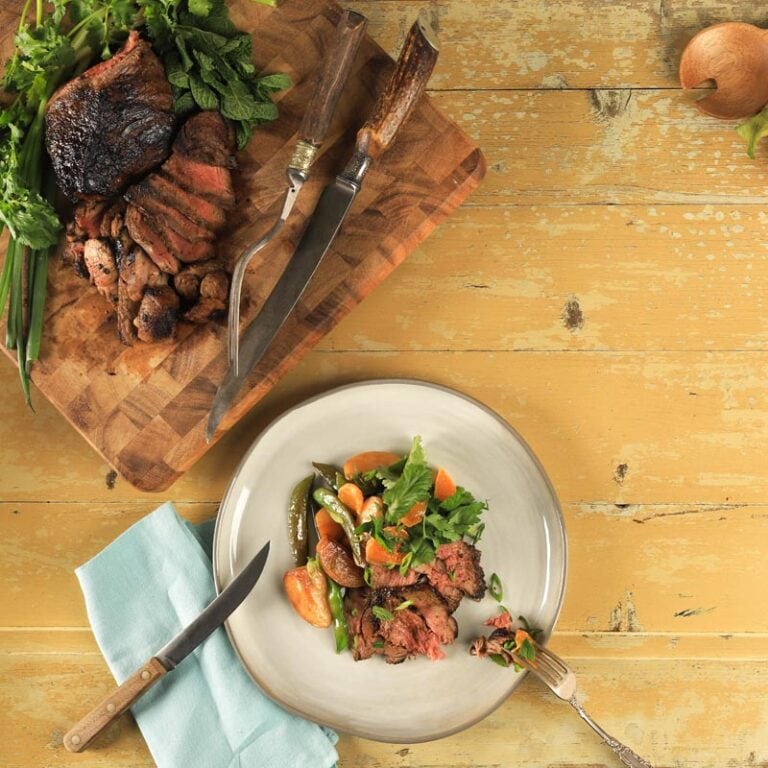February. While short on days, the month is long in darkness, cold, and inclement weather. The ground is hard with frost, often coated in a blanket of snow, and the trees rattle bare branches together in the wind.
Winter’s deep chill seems like the worst time for a garden—frost-touched soil, bone-cold winds, and snow burying everything. Yet, if you drive past a few farms in Maine or peek into the backyards of the more committed gardeners, you might find kale, spinach, and bok choy still flourishing. These hardy crops owe their resilience to an ingenious but simple solution: the cold frame.
Eliot Coleman, the godfather of modern-day cold frame gardening, smiles as he recalls the moment he realized just how transformative this technique could be. “I’d come inside after working in the garden and say, ‘You won’t believe what’s growing out there!'” Coleman recalls. “My kids would roll their eyes and say, ‘Just shut up and make the vinaigrette,’ but they couldn’t deny it. We were growing crops in the dead of winter.”
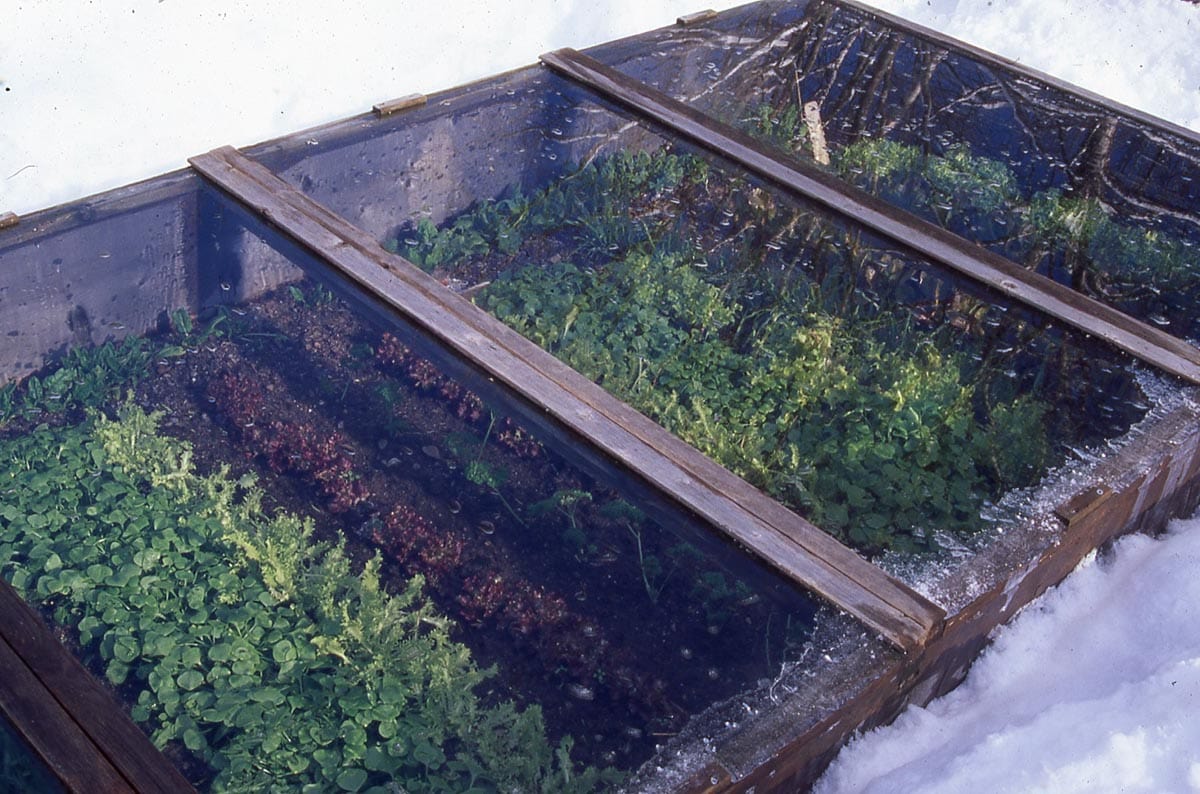
The cold frame, essentially a wooden box with a glass or plastic top, creates a microclimate that shelters plants from wind and snow while maximizing the sun’s limited light. Its beauty lies in its simplicity. “It’s like a sandbox with a roof,” Coleman says. “The sun streams through the glass, warming the soil and protecting the plants from the harshest elements.”
Cold frames are a quintessential example of low-tech innovation. Old storm windows make excellent tops for cold frames, and the dimensions of the frame can be adjusted to fit any space, from backyard gardens to small-scale farms. The basic structure mimics the conditions of being 500 miles south, making winter in Maine feel like early fall in Virginia, at least to the vegetables growing inside.
“I tell people, add a greenhouse around your cold frame and suddenly you’ve created a climate akin to growing a thousand miles south,” says Coleman. “You don’t even need a greenhouse. You can throw an extra layer of fabric over the cold frame or pack straw bales around the edges for insulation.”
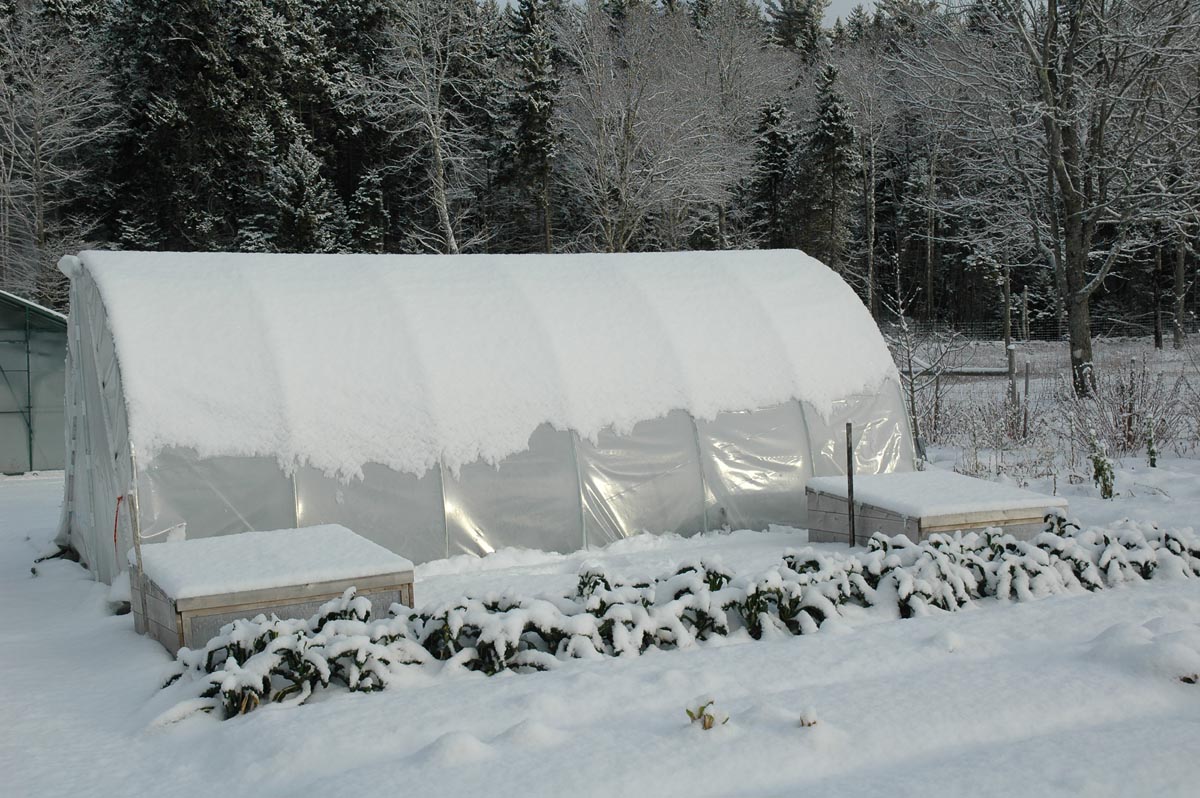
For Coleman and his wife, Barbara Damrosch, this wasn’t just an experiment—it was a way of life. They’ve been growing vegetables year-round for decades on their farm in Harborside. Their combined expertise in the art and science of winter gardening has led them to write numerous books and collaborate with companies like Johnny’s Selected Seeds on tool development.
But while the concept of gardening in the off-season is appealing, some might balk at the idea of committing to a garden year-round. Damrosch reassures them. “People often tell me they’re tired in the fall,” she says, “but winter gardening is low maintenance. You don’t need to water much because there’s little evaporation, and the weeds aren’t growing. It’s actually pretty peaceful.”
There’s also the reward of fresh produce. The colder temperatures intensify the sweetness of vegetables. Coleman beams when talking about pulling carrots from the frosty soil. “In the dead of winter, the carrots are like candy,” he says. “They’re so sweet that local kids call them ‘candy carrots.’ Parents have told me their children ask for them at the grocery store.”
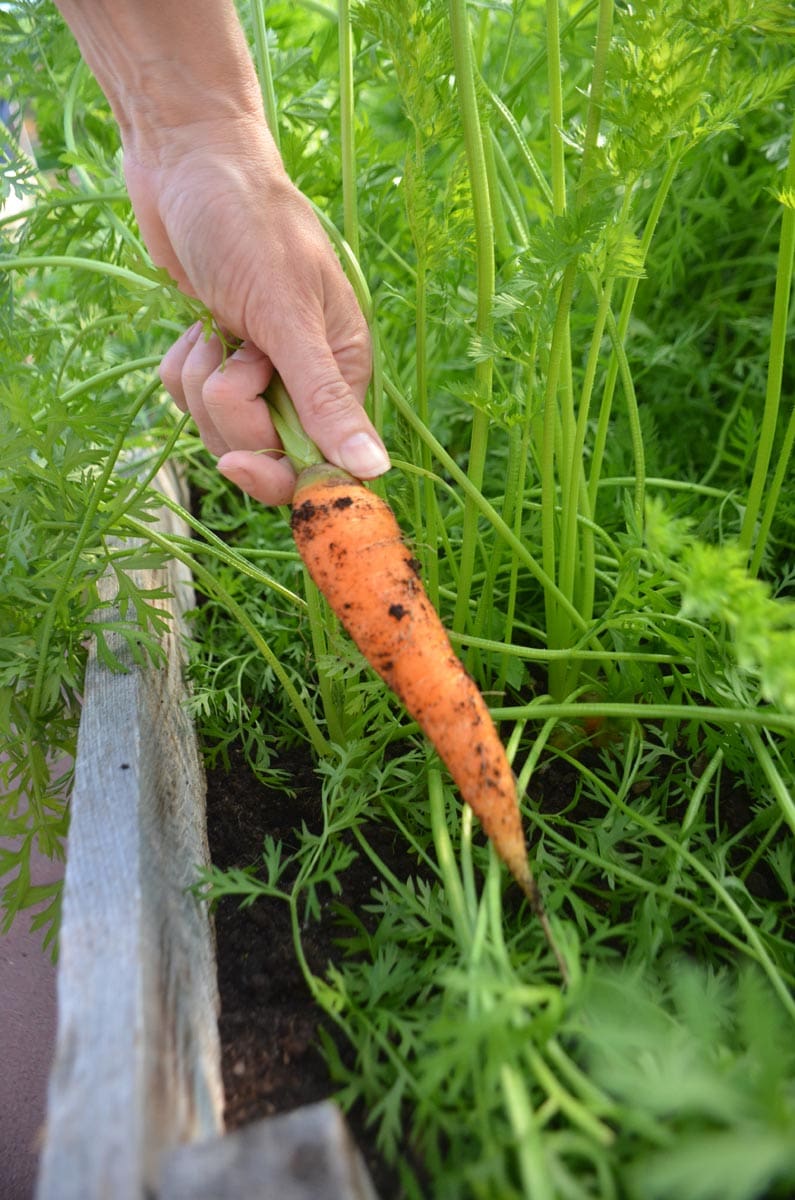
While carrots might steal the show, they are far from the only cold-weather crop. Spinach, kale, tatsoi, and bok choy all thrive in cold frames. But timing is everything—the cold may keep the plants alive, but it significantly slows their growth. Coleman advises sowing your seeds before the first frost hits. “Planting in August for a Christmas harvest might seem strange, but the key is to get your plants established while the days are still warm,” he explains.
Even with the protective cold frame, a little extra vigilance is needed. Sunshine, though scarce, can turn cold frames into miniature ovens. “On sunny days, even if it’s freezing outside, you have to prop the lid open just a bit,” Damrosch advises. “We keep a little stick handy to notch the lid open and let some air circulate. Otherwise, you’ll end up with cooked greens before you know it.”
The couple’s farming ethos, steeped in sustainability and practicality, has turned heads for decades. Their methods aren’t about chasing convenience but about working with the rhythms of nature, even in the bleakest months. “People come over for dinner in January and can’t believe the salad they’re eating was grown right here,” says Coleman. “It’s as though they think only warm countries can supply fresh food in winter. But no—Maine can do it.”
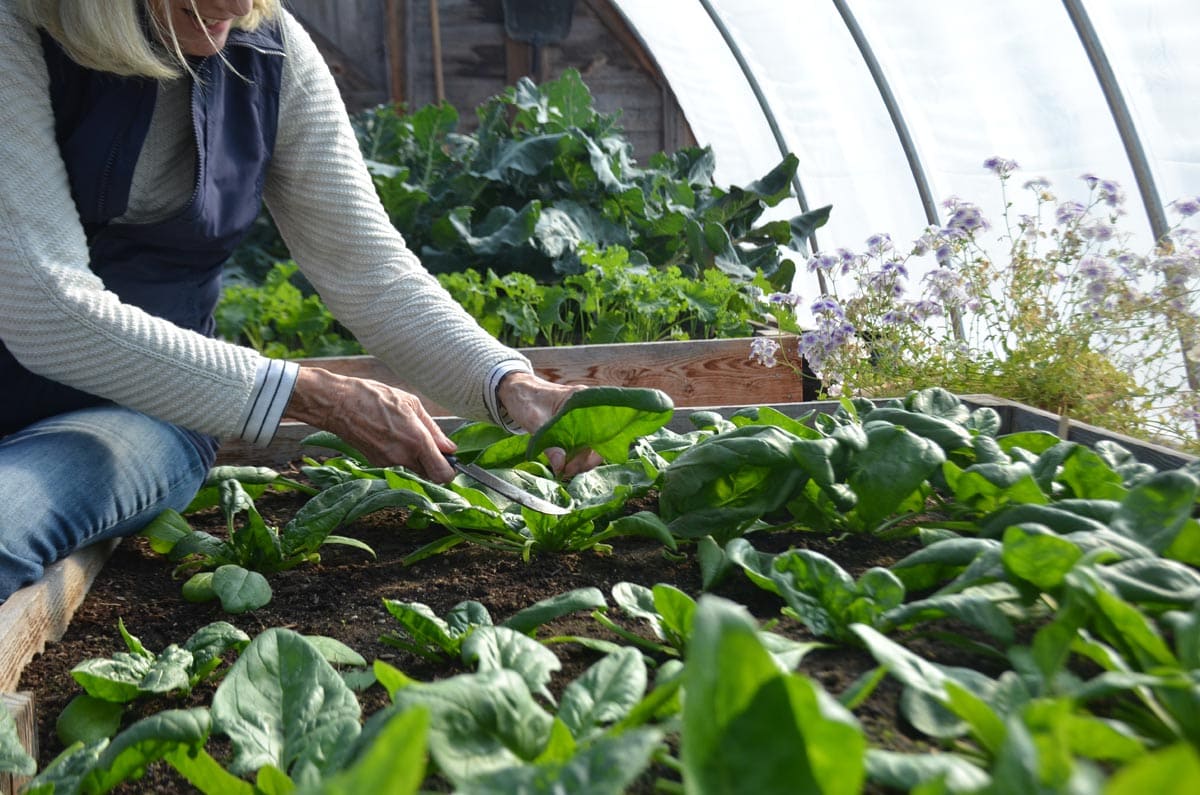
There are more accessible options if you are unsure about committing to a cold frame. Simple row covers, which can be found at any garden center, are another method of extending the growing season. A row cover, stretched over posts, will protect cold-hardy crops from early frost and can help you harvest well into the late fall.
Whether using a cold frame, a greenhouse, or a simple row cover, these tools offer a new way to think about Maine’s agricultural possibilities. Winter may feel like a time to rest, but for the savvy gardener, it’s another season to savor. After all, if the vegetables can survive—no, thrive—through the darkest days of the year, then what’s stopping the rest of us from getting a little dirt under our nails?
For Coleman and Damrosch, gardening isn’t just about the harvest. It’s about discovery, resilience, and, most of all, joy. They’ve turned a frosty Maine field into a year-round oasis, proving that with a little ingenuity, a kitchen garden can persist even when the world around it is frozen solid. And if a touch of winter sunshine is enough to make a carrot taste like candy, maybe it’s enough to brighten up our own days as well.







